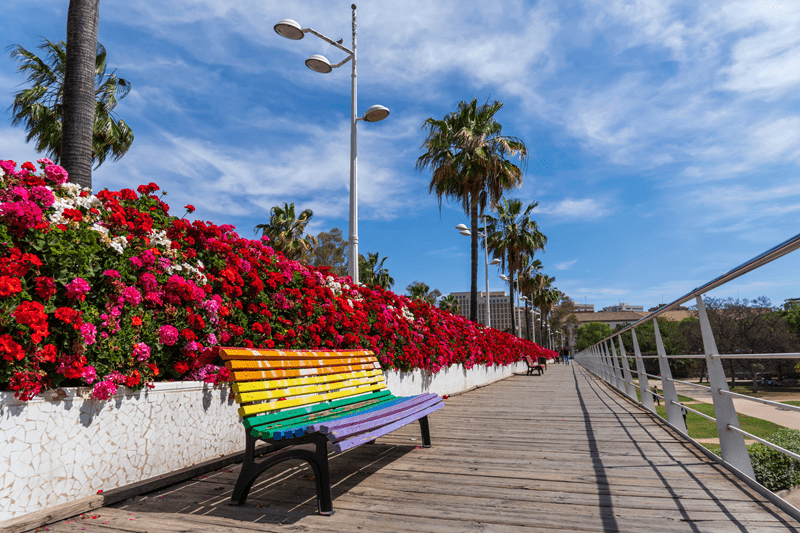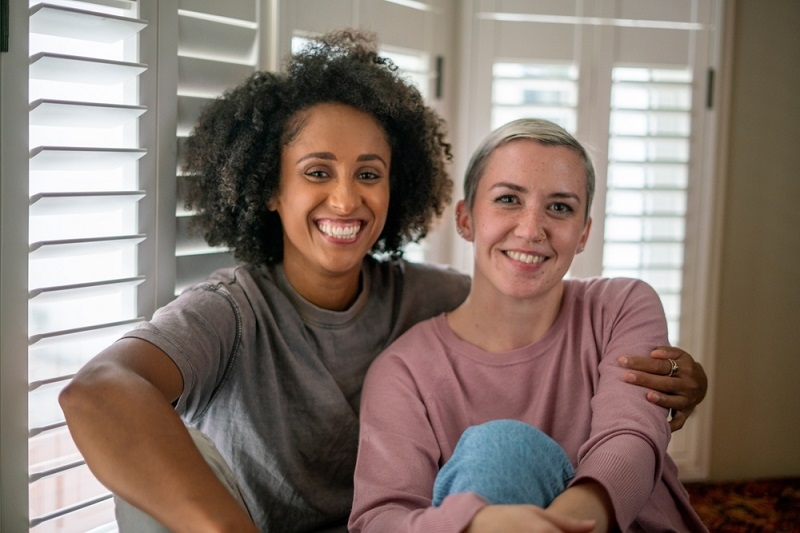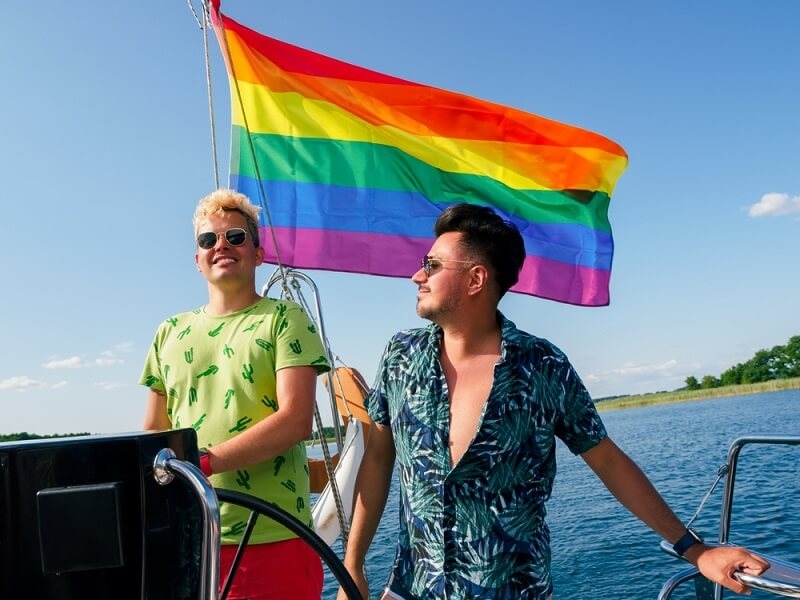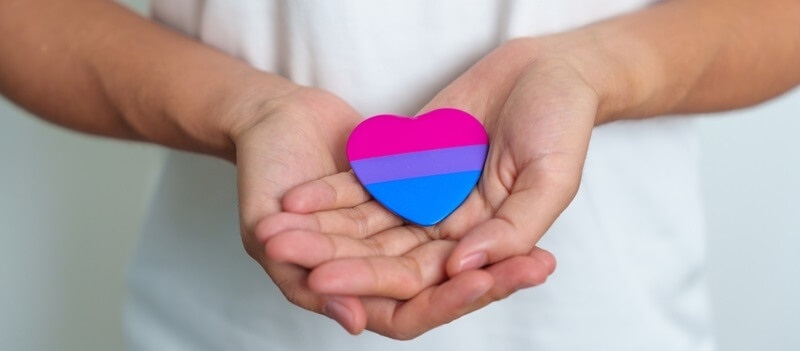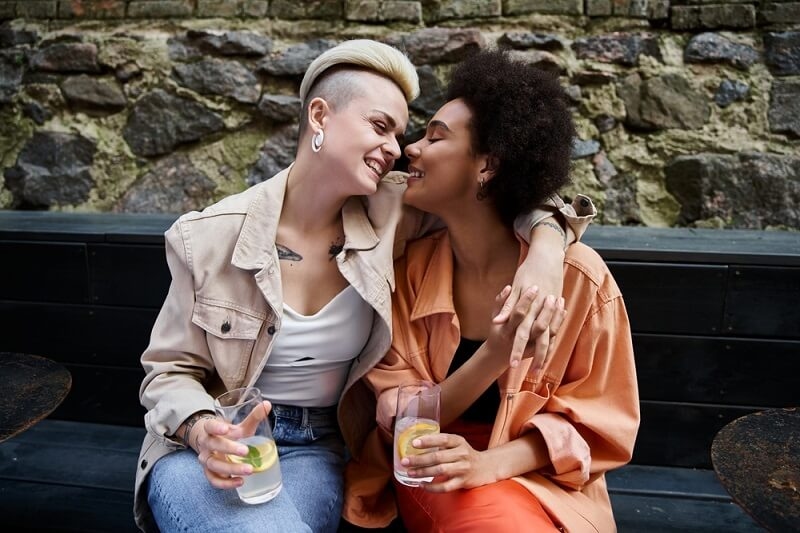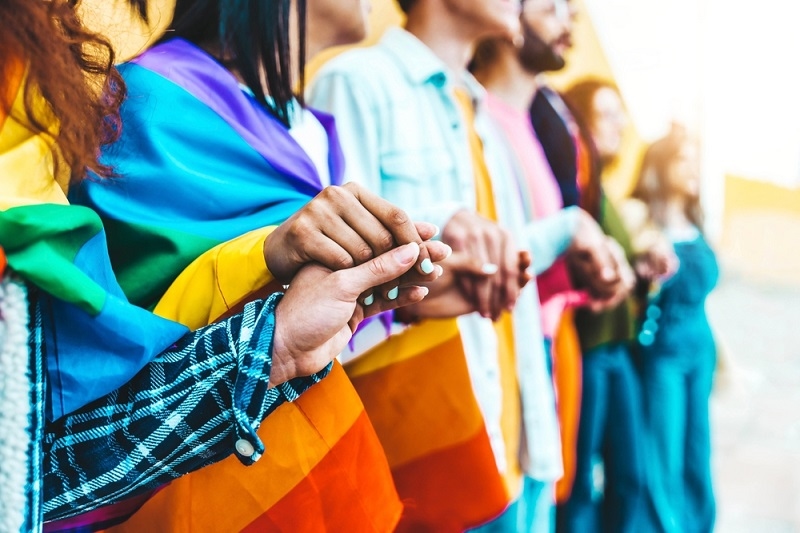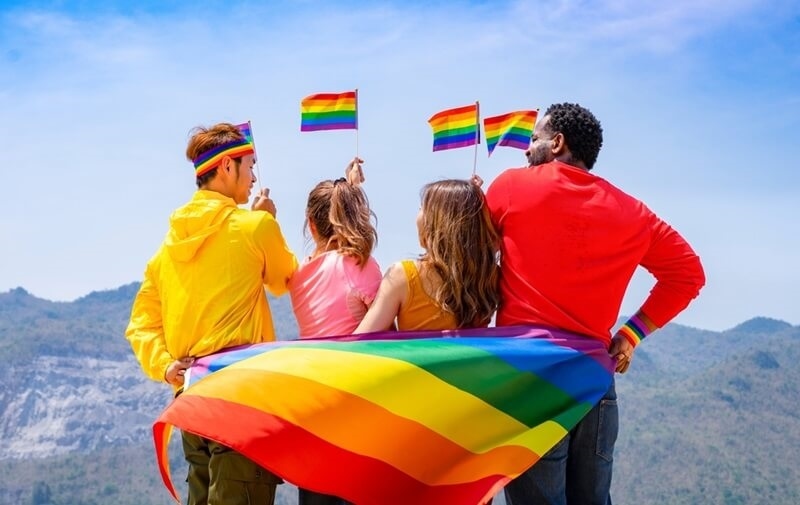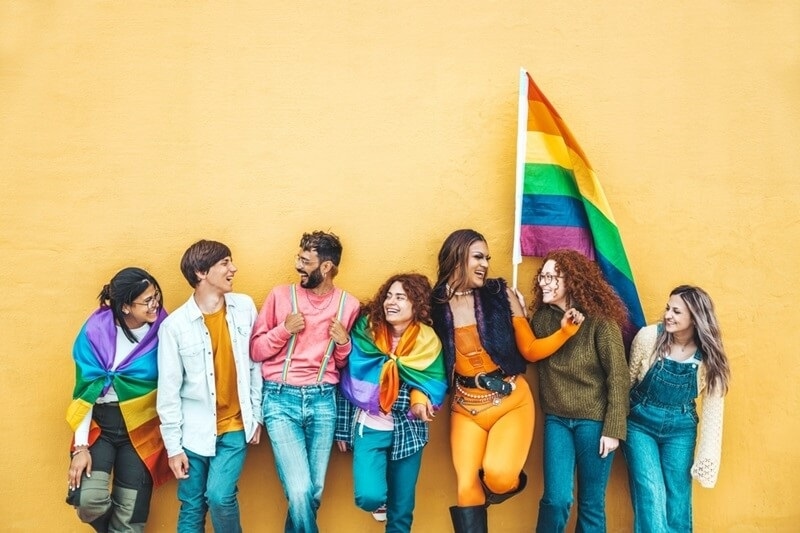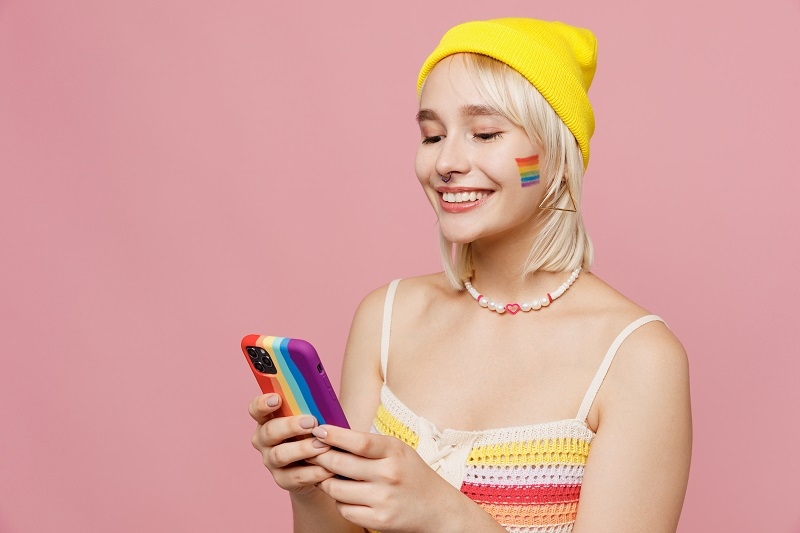LGBTQ+ Dating - Tips for Building Authentic Connections

Dating within the LGBTQ+ community comes with its unique set of challenges and dangers. Awareness and preparedness can significantly mitigate these risks, ensuring safer and more fulfilling experiences.
The Perils of Dating for LGBTQ+ Individuals
Risks for Teens and Adolescents
LGBTQ+ teens and adolescents are particularly vulnerable to dating violence and sexual coercion. Studies indicate that a significant percentage of LGBTQ+ students have encountered some form of dating violence. For instance, nearly 18% of LGBTQ+ students have faced dating violence, and 23% have experienced sexual violence while dating.
Alarmingly, transgender youth are at an even higher risk, with approximately 88.9% reporting instances of dating violence. Additionally, there is a notable concern about HIV among young gay and bisexual men, who constitute a large proportion of new HIV diagnoses among youth.
Dangers Faced by LGBTQ+ Adults
While adults in the LGBTQ+ community face fewer instances of physical violence compared to their younger counterparts, other dangers persist. A considerable number of LGBTQ+ adults report threats and harassment during dates.
The prevalence of sexually transmitted infections (STIs) remains high, with gay and bisexual men at increased risk for syphilis, hepatitis, and HPV. Furthermore, individuals from racial minorities within the LGBTQ+ community often encounter racial discrimination while dating, which adds another layer of difficulty and stress to their dating experiences.
Navigating LGBTQ+ Dating Apps

Dating apps have become a popular avenue for LGBTQ+ individuals to meet potential partners. However, these platforms are not without their risks.
The Reality of LGBTQ+ Dating Apps
Statistics reveal that over half of the LGBTQ+ community members have used dating apps to find partners. However, these platforms can be rife with fake profiles and deceptive practices. Approximately 56% of LGBTQ+ users have encountered fake or misleading profiles, and a significant number have experienced harassment or abuse online. The transition from online to offline encounters also carries risks, with many users reporting that their boundaries were not respected during dates.
Ensuring Safe Use of Dating Apps
To safely navigate dating apps, its crucial to adopt specific strategies and precautions.
Choosing the Safest Dating Apps
Not all dating apps are created equal in terms of safety. While Grindr remains a popular choice, other apps like Jackd and Hornet offer enhanced security features. For example, Hornet prompts users to update their HIV status regularly and masks users' exact locations to protect their privacy, whereas Grindr has faced criticism for security flaws that could expose users to risks. Additionally, platforms like Taimi offer resources and communities specifically for those exploring gender identity, providing a safer and more supportive environment.
Identifying Fake Profiles
To avoid scams and fake profiles, users should request multiple photos and perform reverse image searches to verify authenticity. Checking social media profiles and being wary of overly enthusiastic or error-ridden messages can also help identify scammers. Asking for a phone number early on can further establish legitimacy and allow for better judgment of a person's authenticity.
Setting Up a Safe Date
When planning to meet someone from a dating app, its vital to follow safety guidelines:
- Public Meeting Places: Always choose a public location like a coffee shop or a restaurant for the first meeting.
- Informing Friends: Let a friend know the details of your date, including the location and time.
- Group Dates: Initially, consider meeting in a group setting to reduce risks.
Staying Safe During the Date
During the date, set clear expectations regarding physical boundaries to avoid misunderstandings. Moderating alcohol intake and avoiding drugs can help maintain control over the situation. Dressing modestly and being prepared to end the date if feeling uncomfortable are also prudent measures. In case of any incidents, promptly report to both law enforcement and the dating apps support team.
Additional Safety Resources for LGBTQ+ Dating

CDC Guide on HIV Prevention
The Centers for Disease Control and Prevention (CDC) offers comprehensive resources specifically aimed at young men who have sex with men (YMSM). These guides provide valuable information on HIV prevention, safe practices, and how to access testing and treatment services. For additional support and counseling, consider reaching out to the Gay Therapy Center, which offers specialized mental health services for LGBTQ+ individuals.
Loveisrespect.org
This organization provides extensive resources to prevent dating abuse within the LGBTQ+ community. Their website offers educational materials, support services, and tools to help individuals recognize and escape abusive relationships.
Customer Satisfaction Rankings of Gay Apps
Huffington Posts ranking of gay dating apps based on customer satisfaction can help users choose platforms that are both popular and reliable. These rankings are based on user experiences and satisfaction levels, offering insights into the most trusted apps.
Scamdiggers Database of Known Scams
Scamdigger maintains a list of known scam profiles found on dating apps and sites. Regularly checking this resource can help users identify and avoid potential scammers, enhancing their online dating safety.
You may also like: Vows of Equality: The Beauty of LGBTQ+ Wedding Celebrations
Conclusion
Adopting these key safety strategies can significantly reduce the risks associated with LGBTQ+ dating. By using secure dating apps, meticulously screening profiles, arranging safe meetings, and staying vigilant during dates, you can enjoy a safer and more fulfilling dating experience. Leveraging additional resources and staying informed further strengthens your ability to navigate the dating world securely.
FAQs
How can I verify someone's identity before meeting them in person?
Before meeting someone in person, ask for multiple photos, perform a reverse image search, check their social media profiles, and consider a video call to verify their identity.
What should I do if I feel unsafe during a date?
If you feel unsafe during a date, trust your instincts, politely excuse yourself, and leave the situation. Inform a friend or family member about your whereabouts and consider reporting the incident to the dating app or local authorities if necessary.
How can I protect my privacy when using dating apps?
Protect your privacy by using apps that mask your location, avoid sharing personal information too quickly, and adjust privacy settings to limit who can see your profile.
What steps can I take to avoid online dating scams?
To avoid online dating scams, be cautious of profiles with limited information or too-good-to-be-true stories, avoid sending money or personal details, and report suspicious profiles to the app administrators.
Are there specific dating apps recommended for LGBTQ+ individuals seeking serious relationships?
Yes, there are dating apps tailored for LGBTQ+ individuals looking for serious relationships. Apps like HER, OkCupid, and Taimi are known for fostering meaningful connections within the LGBTQ+ community.
This content was created by AI






